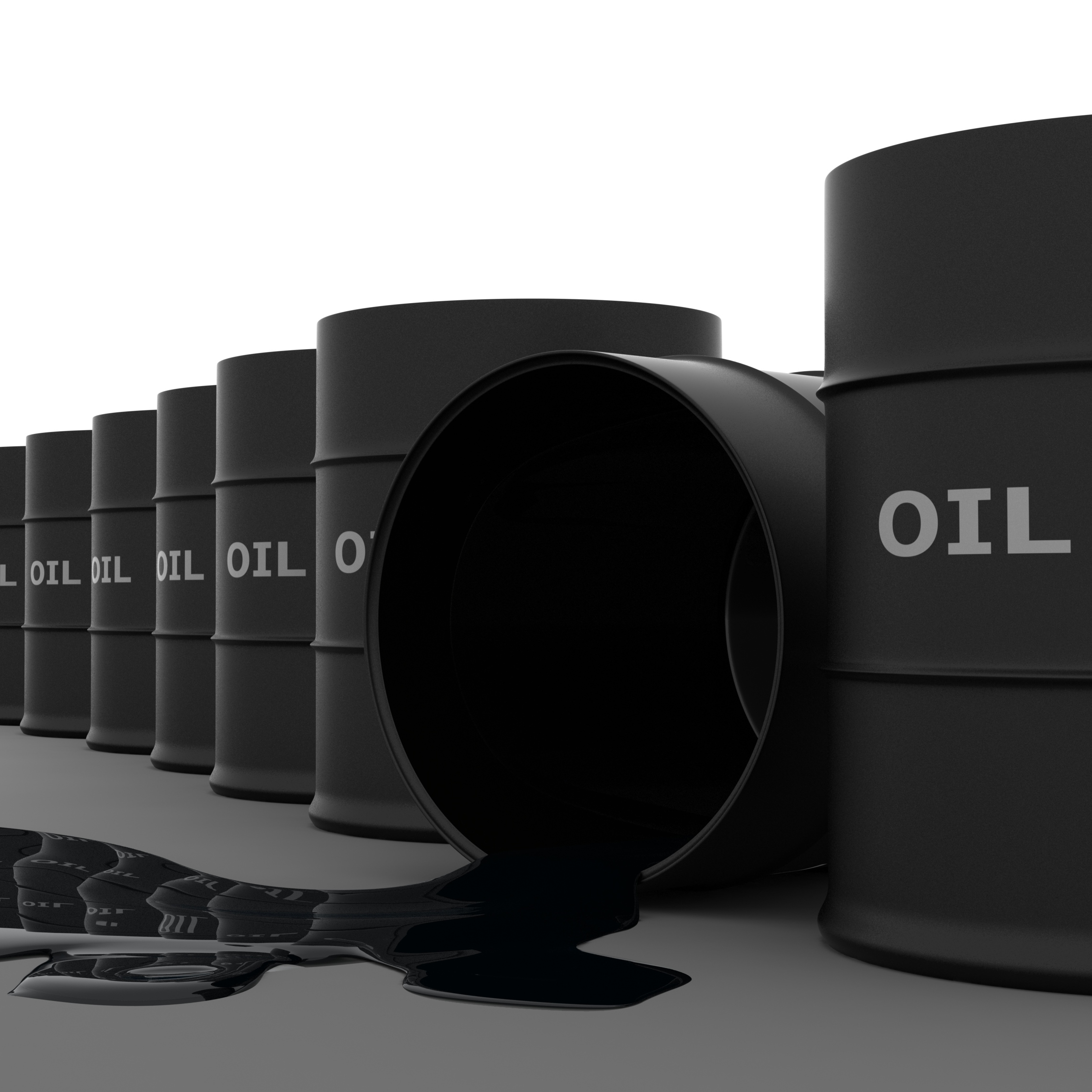Energy
Moody's Shows Why Exxon Mobil Remains Solid Triple-A Credit Rating

Published:
Last Updated:

Despite lower oil prices and despite share prices being a far cry from their recent peak, Exxon Mobil Corp. (NYSE: XOM) just got a serious credit ratings vote of confidence. Moody’s Investors Service affirmed the ‘Aaa’ issuer and senior unsecured ratings of Exxon Mobil Corporation and its guaranteed subsidiaries and on the Prime-1 short term rating. What stands out here is that the rating outlook’s prior ‘Negative’ was changed to ‘Stable.’
Exxon Mobil has just been praised for cost cuts and more efficient capital spending while oil prices remain muted. What investors should really notice here is that this means that Exxon Mobil will retain its Triple-A credit rating (and likely for quite some time, batting any major developments).
Moody’s showed that the stable rating outlook reflects the ratings agency’s expectation that ExxonMobil’s credit metrics will significantly improve through 2019 from 2016’s cyclically low levels. Higher commodity prices versus 2016 and modest production growth with cost cuts should be expected to drive ExxonMobil’s free cash flow generation and stronger cash flow based leverage metrics.
The report further noted that ExxonMobil’s retained cash flow versus net debt will rise to around 35% in 2017 and 2018. That is then expected to rise towards 45% in 2019 — from just 20% in 2016. Several more issues were cited in changing the outlook to Stable from Negative:
Moody’s said in its report:
Substantial operating cost reductions and more efficient capital spending has restored ExxonMobil’s ability to fund the capital reinvestment necessary to maintain its industry leading business profile and generate free cash flow, even in this much lower oil price environment. The company’s increased resiliency to lower commodity prices, improving credit metrics and diminished downside risks to its production profile support a stable outlook.
Also pointed out were replacing oil reserves and capital spending efforts. Moody’s said:
Reserve replacement remains a challenge for ExxonMobil and its peers. This issue was amplified by the 4.3 billion barrels-of-oil equivalent reserves the company removed from its proved reserves in 2016 because of low oil and gas prices, amounting to 17% of 2015 total proved reserves. About 80% of these reserves are located in the Kearl oil sands operation in Canada, which continues to produce oil and generate positive cash flow. With higher oil prices these reserves will likely be added back to proved reserves in 2017. However, even excluding all of the negative price-related revisions, ExxonMobil’s reserve replacement in 2016 was only 67%.
ExxonMobil’s 2017 capital budget of $22 billion (including affiliate capex) is 14% higher than 2016 spending, but it is substantially lower than the $39 billion to $43 billion invested per annum from 2012-2014. The company will continue to lower its reserve replacement costs by efficiency improvements, lower oilfield services and drilling costs, and a focus on lower cost shorter-cycle investments, including its large acreage position in the Permian Basin. With a priority on investment returns, Moody’s expects the company’s reserve replacement costs to trend down through 2019, boosting its full-cycle investment returns while also improving its reserve replacement metrics. But total proved reserves could modestly decline in the next few years as the company prioritizes investment returns, shorter-cycle production response and free cash flow generation.
Moody’s even outlined how or why Exxon Mobil’s credit rating could be downgraded or moved back to a negative outlook:
If ExxonMobil’s cash flow based leverage metrics do not improve as anticipated or if its reserve replacement and production profile appear poised to move into substantial decline over the medium term then the ratings could be downgraded.
Shares of Exxon Mobil closed down 0.37%, or -$0.30, at $80.91 on Wednesday. Its 52-week range is $79.26 to $95.55 and its consensus analyst target price is $87.13.
Take the quiz below to get matched with a financial advisor today.
Each advisor has been vetted by SmartAsset and is held to a fiduciary standard to act in your best interests.
Here’s how it works:
1. Answer SmartAsset advisor match quiz
2. Review your pre-screened matches at your leisure. Check out the
advisors’ profiles.
3. Speak with advisors at no cost to you. Have an introductory call on the phone or introduction in person and choose whom to work with in the future
Take the retirement quiz right here.
Thank you for reading! Have some feedback for us?
Contact the 24/7 Wall St. editorial team.